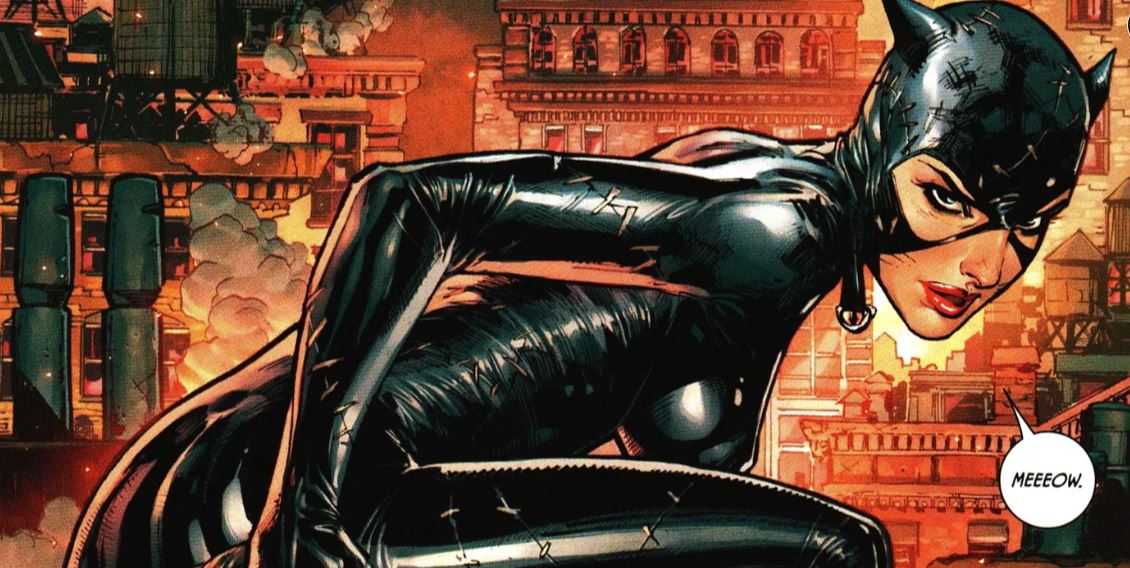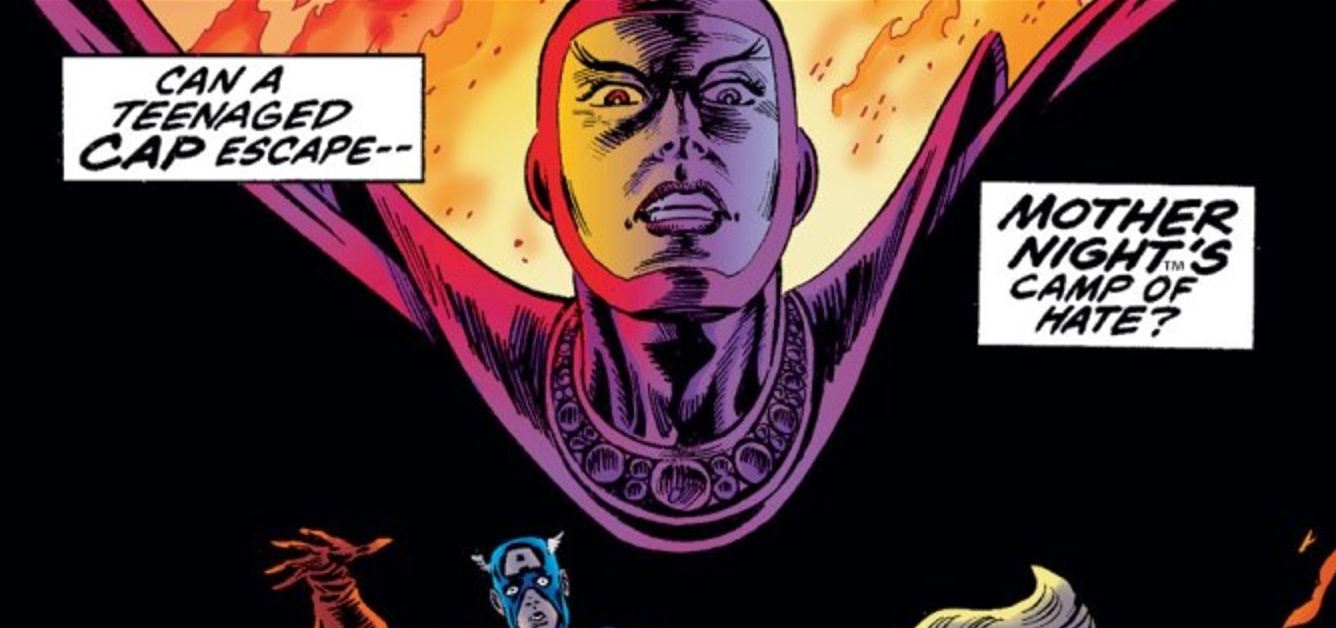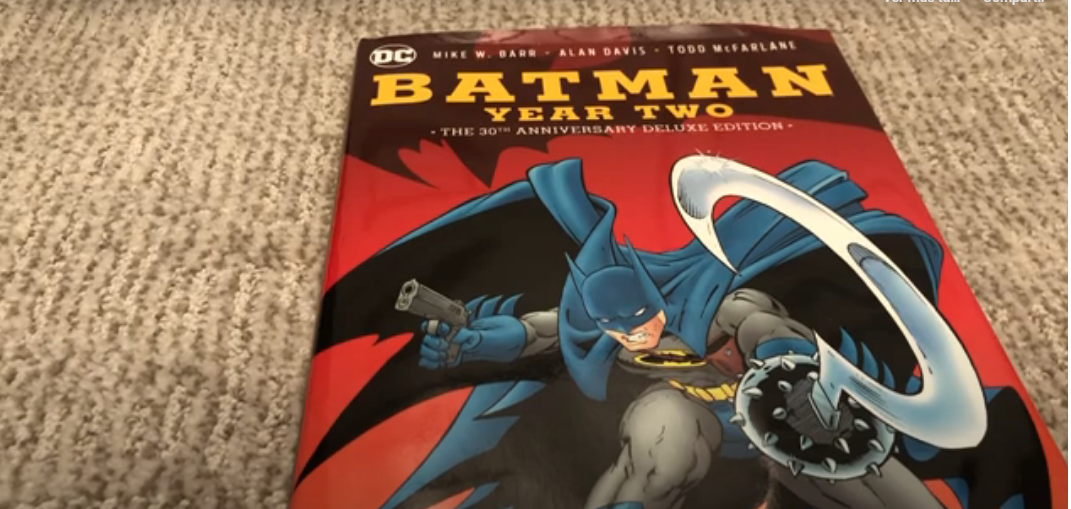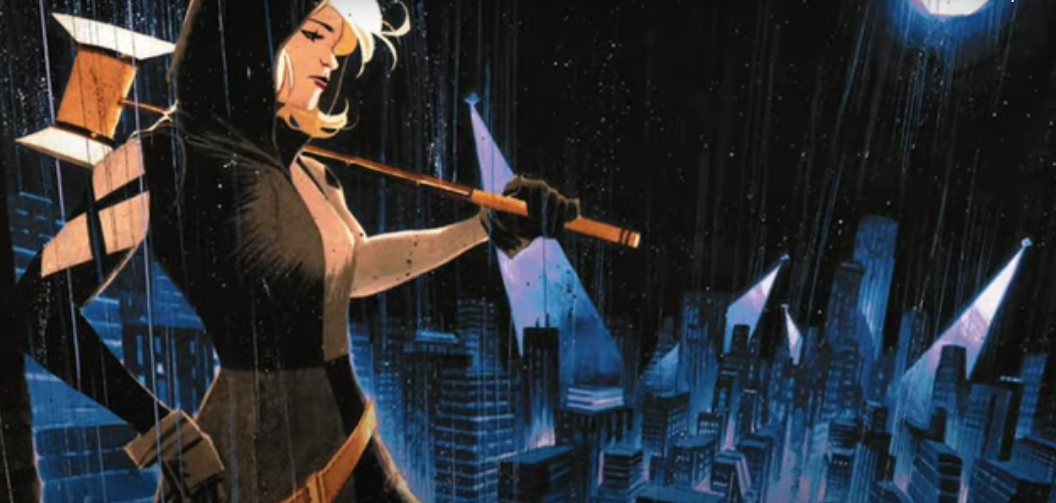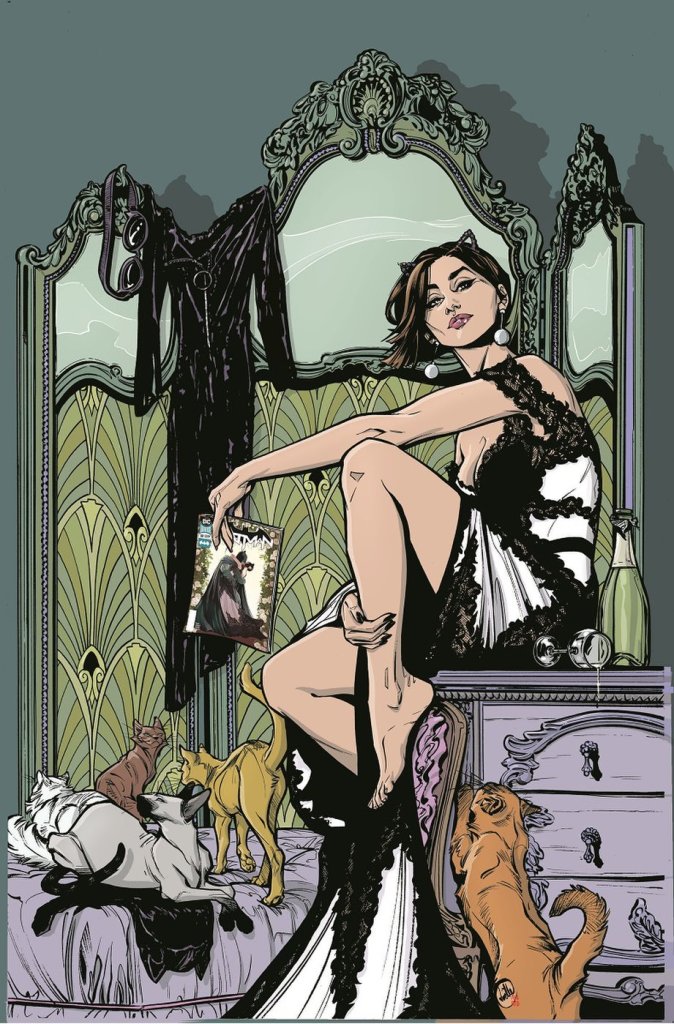
Art by Joelle Jones
At this weekend’s C2E2 convention in Chicago, DC Comics announced a new ongoing for the feline fatale herself, Catwoman, from the excellent creative team of writer/artist Joelle Jones and colorist Laura Allred.
Jones has done an excellent job as artist on recent issues of the current Tom King “Batman” series, where Selina Kyle is set to become the future Mrs. Bruce Wayne, and if you’ve read her Dark Horse series “Lady Killer,” you know she’s got the chops to carry a book about a kickbutt female lead.
I’m super excited for this book, and it’s got me thinking about Catwoman’s history and her time as the lead of her own title.
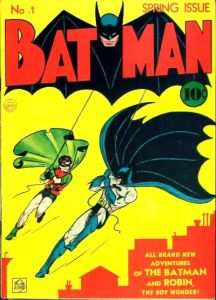
Catwoman dates to 1940’s “Batman” #1, a comic that would probably be best known for the first appearance of one of comics’ greatest female characters if it didn’t also feature the first appearance of some joker with a penchant for making people die with a smile on their face.
From then on, Catwoman was a recurring foe to Batman, and a love interest as well. This past week’s Batman #44 showed a beautiful history of that romance and is well worth picking up if you’re at all a fan of these characters.
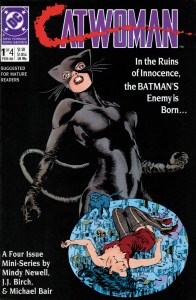
Selina didn’t get her first solo outing in a self-titled comic until 1989, in a four-issue miniseries from writer Mindy Newell and artists JJ Birch, Michael Bair and Adrienne Roy. Spinning out of Frank Miller and David Mazzucchelli’s “Batman: Year One,” “Catwoman: Her Sister’s Keeper,” as the trade was called, focused on establishing Catwoman’s post-”Crisis on Infinite Earths” origin.
A dark story that was one of DC’s few Suggested for Mature Readers titles featuring one of their mainstream characters, the story deals with Catwoman’s time as a prostitute and the horrors of sex trafficking. The story also further established Holly Robinson as one of Selina’s supporting cast, a character who first appeared in “Year One” and would become important in later volumes, and introduced Selina’s sister, Maggie.
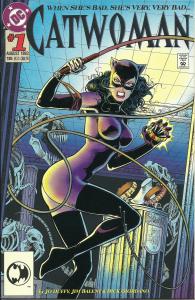
Catwoman got her first ongoing four years later, as part of the expansion of the Batman family of titles that spun out of the “Knightfall” storyline. The first volume of “Catwoman” ran for 94 issues and generally featured Selina getting into capers, getting in and out of trouble, and having high-flying, international adventures.
Jo Duffy wrote the title for a year, after which various writers connected to the Bat titles took over for varying periods of time, including Chuck Dixon, Doug Moench and John Ostrander. All those issues were drawn by noted “bad girl” artist Jim Balent, who drew 77 consecutive issues, plus a couple annuals.
Issue #78 tried to take the book in a darker, more psychological direction, courtesy of writer Bronwyn Carlton and artist Staz Johnson, but this was not well-received, and after a few issues by John Francis Moore that tied up loose ends, the book was canceled.
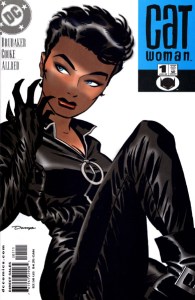
Catwoman didn’t stay off the racks for long, as after a short backup run in “Detective Comics,” a new series debuted in 2002 from writer Ed Brubaker and artist Darwyn Cooke, with inks by Mike Allred (whose wife, Laura, will be inking the upcoming new series). Cooke only stayed on the book for one four-issue arc, sadly, but he was followed by Cameron Stewart, Javier Pulido and later Paul Gulacy, in what is my favorite Catwoman series of all time.
Brubaker brought his noir sensibilities to Catwoman, taking her to Gotham’s crime-riddled East End, bringing back Holly and adding Batman supporting character Leslie Thompkins and old-school private eye Slam Bradley to Selina’s supporting cast.
Brubaker set Catwoman against Gotham mobster and Bat-villain Black Mask in a series of encounters out of the darkest pulps of the ’40s, and wrote Catwoman as a tough-as-nails, Robin Hood-esque anti-heroine who was willing to go places Batman wouldn’t. He still played up the romance between the two at times, and issue #32 is a must-read for everyone who has been loving Tom King’s take on the relationship, featuring guest pencils by Brubaker’s longtime artistic partner Sean Phillips.
Brubaker left the series after 37 issues, and Will Pfeifer came on to write the series for another 45 issues, keeping much of the same cast and following many of Brubaker’s plot threads in a solid run, but one that ended to make room for the “Gotham City Sirens” title that teamed up Catwoman, Harley Quinn and Poison Ivy.
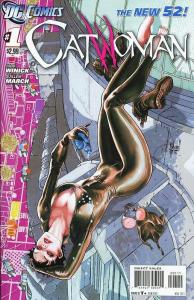
Catwoman’s most recent ongoing was part of the New 52 relaunch. This volume swung wildly thematically as each new writer took over, and was marred by controversy from the start, with issue #1 having a cover many considered overly sexualized and a patently bizarre sex scene between Batman and Catwoman.
Judd Winick, who wrote that first issue, stayed on the book for a year, before DC handed the title over to Anne Nocenti. Nocenti established a city beneath the city in Gotham, and while this run was better received than Winick’s, it still lived in the shadow of the previous volume.
The last major creative team on the title, though, took the book in a wildly different direction. In the weekly series “Batman: Eternal,” it was revealed that Selina was the daughter of Rex Calabrese, Gotham’s former mafia don, and so was heir to Gotham’s crime families. Writer Genevieve Valentine spun a Godfather-esque crime story, pitting a Selina who was trying to put Catwoman behind her against the Yakuza, the Penguin and her old foe Black Mask. A fascinating combination of crime comic and superhero comic, this run was mostly well received, and established canonically Selina’s bisexuality, something that was met with the usual outcries from certain corners of fandom.
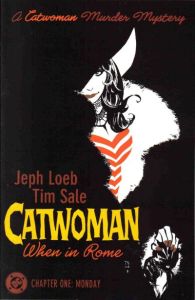
Apart from ongoings, Catwoman has headlined various miniseries, including “When in Rome” from “Batman: The Long Halloween” duo Jeph Loeb and Tim Sale, and one-shots, including some Elseworlds and intercompany crossovers (“Catwoman/Vampirella” is actually a ton of fun).
Catwoman is one of DC’s longest-lived female characters, and one who has proved as malleable as her male counterpart, Batman, in being able to fit into all kinds of stories, and I can’t wait to see where Joelle Jones takes her next.
Matthew Lazorwitz was given “Who’s Who in the DC Universe” #2, featuring characters whose names begin with B, when he was 5, and that probably explains his devotion to all things Batman to this day.

